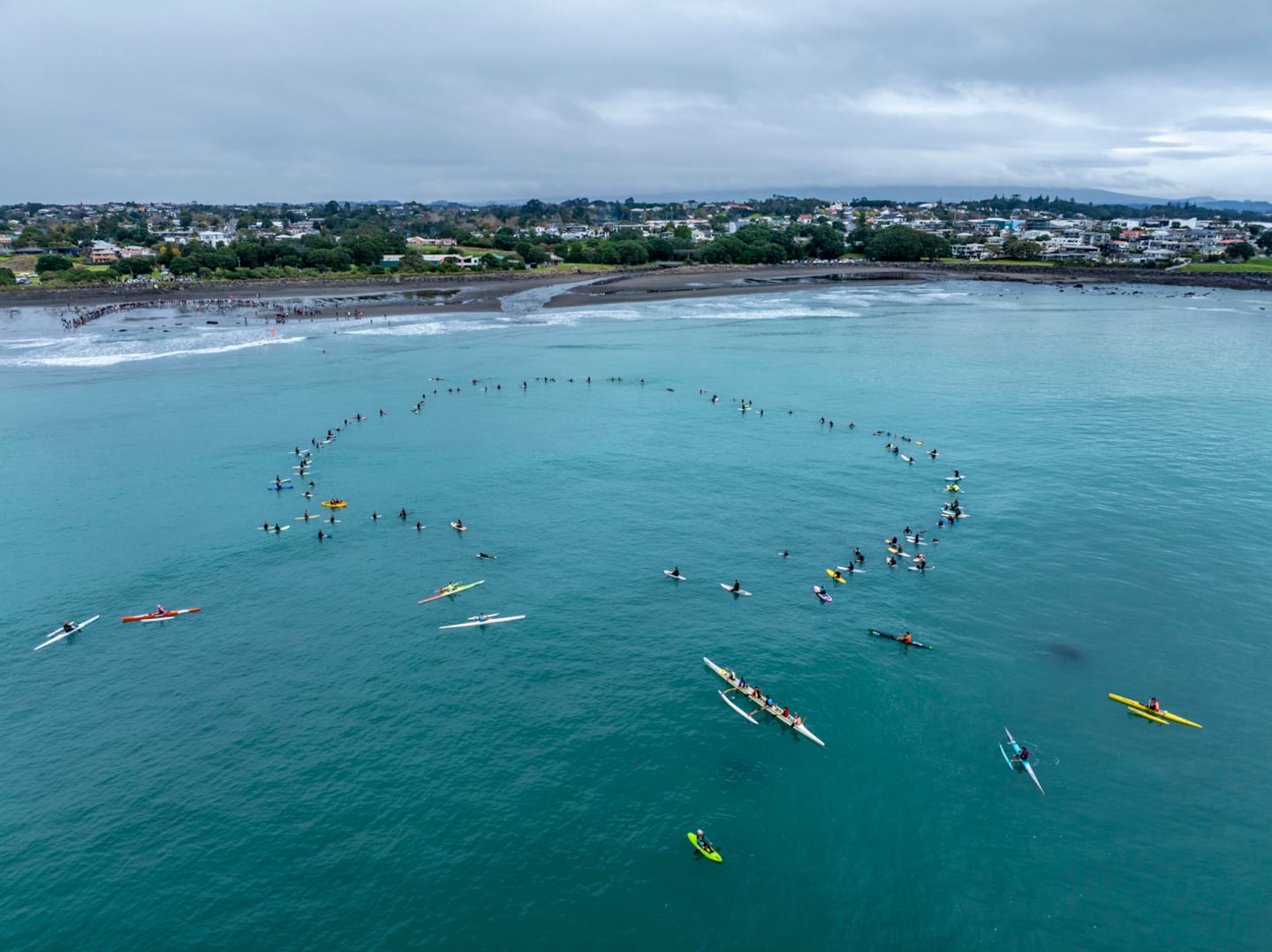A match lit six weeks ago in the coastal Taranaki town of Ōpunakē has ignited fires the length of the North Island – and far across the Pacific – with seabed mining opponents taking to the coast on World Ocean Day.
South Taranaki’s 15-year fight against an Australian mining bid was picked up by more than 200 surfers, stand-up paddleboarders, body boarders, waka ama crew and kayakers at eight spots along the coast between Wellington to Auckland on Sunday.
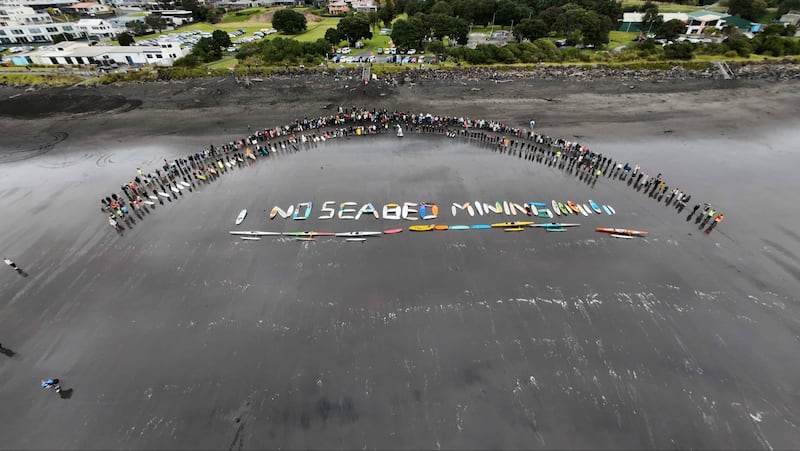
As they paddled-out from Island Bay, Whanganui, Pātea, Pungarehu, New Plymouth, Raglan, Port Waikato and Muriwai hundreds more rallied on shore, with organisers saying strong turnouts in New Plymouth and Raglan took total numbers over 1200.
Four-thousand kilometres away supporters in Tāhiti also hit the waves, they said.
Fiona Young of Protect Our Moana Taranaki said coastal communities jumped on board after the first paddle-out at Ōpunakē in April.
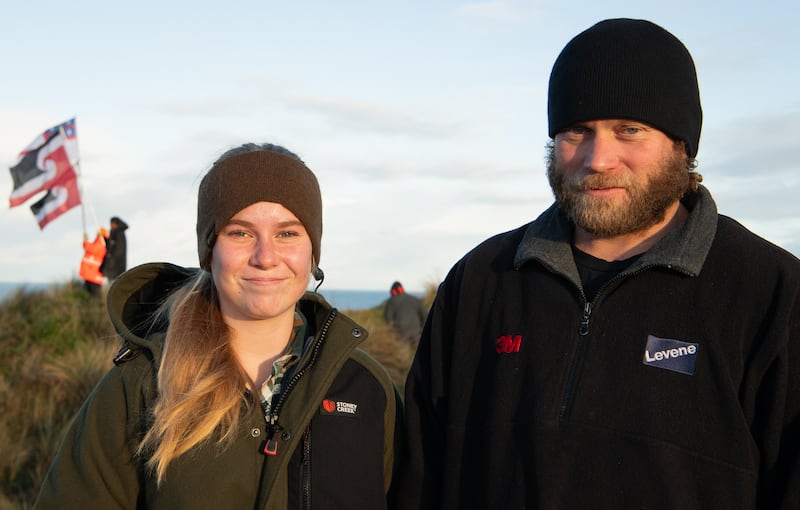
“It’s important being connected together for this, because if given the greenlight here it would set a very dangerous precedent for all the rest of our coast and the Pacific.”
“It’s a new experimental extractive industry that doesn’t belong in our oceans.”
Trans-Tasman Resources (TTR) has approval to vacuum up 50 million tonnes of sand annually from the South Taranaki seabed for 35 years to extract iron, vanadium and titanium.
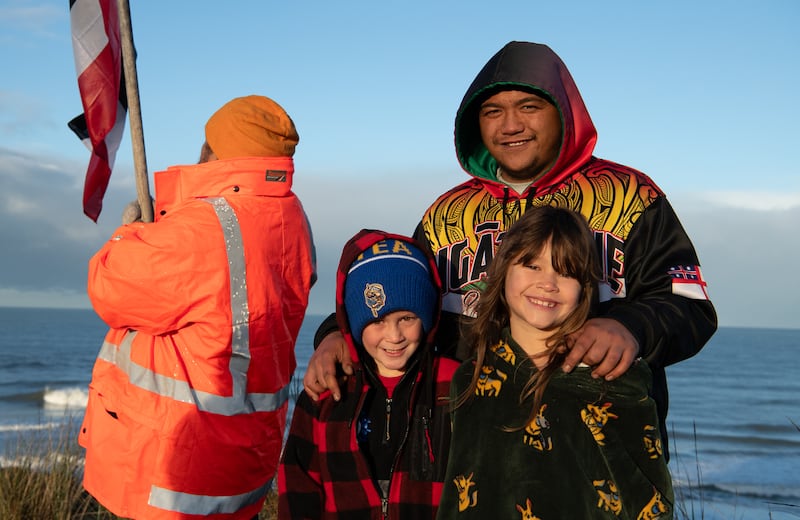
But the company still needs consent to discharge 45 million tonnes of unwanted sediment a year back into the shallow waters – 160,000 tonnes daily of a recognised pollutant.
After a decade failing to win discharge consent right through to the Supreme Court, Trans-Tasman last year quit the latest environment hearing to seek consent via the new Fast-track Approvals Act.
Many locals fear sediment would smother reefs and stunt marine photosynthesis by filtering sunlight.
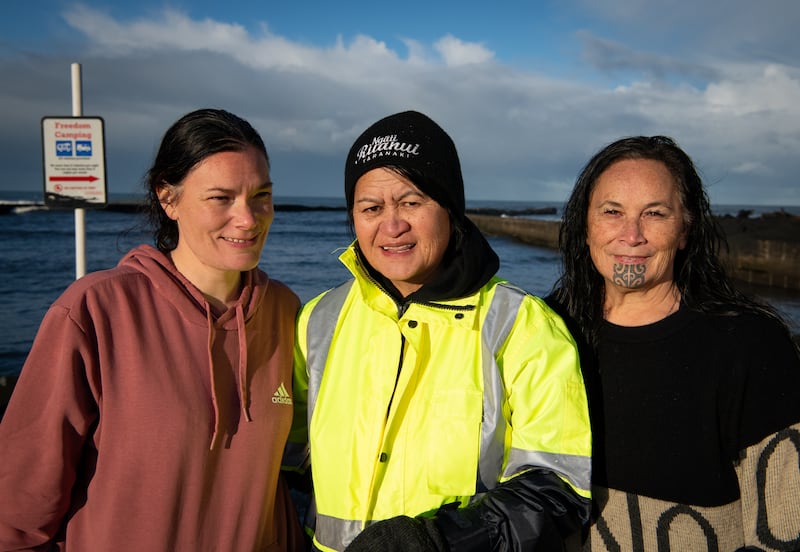
TTR’s executive chairman Alan Eggers said the discharge wouldn’t bother the marine ecology.
“De-ored sands will be returned immediately to the seafloor in a controlled process to minimise the generation of suspended sediment … the plume generated is localised,” said Eggers, who’s also executive director of TTR’s new owners, Australia miner Manuka Resources.
The mining ship would work as close as 22 kilometres off Pātea.
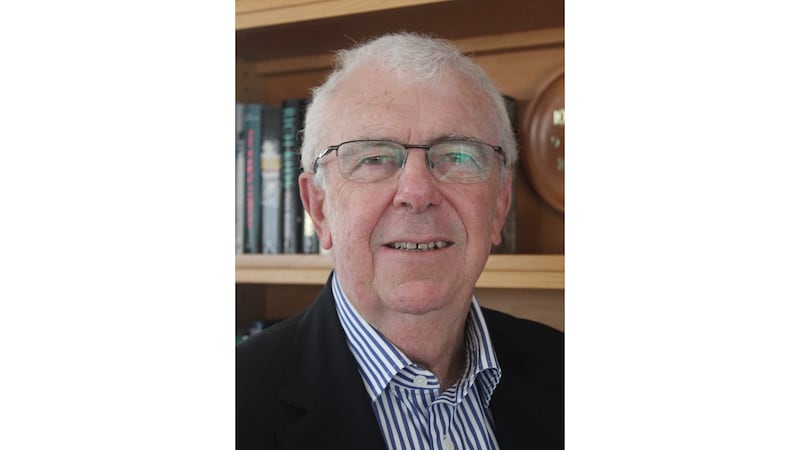
Saturday’s cold snap cloaked Taranaki Maunga with winter’s first heavy snowfall but, after dawn karakia, 20 surfers shrugged off the chill at Pātea Beach and formed Sunday’s first circle on the water.
Among them was Te Pāti Māori co-leader Debbie Ngarewa-Packer.
As a Ngāti Ruanui leader she fought the miners for a decade before entering Parliament.
Ngarewa-Packer said World Ocean Day helped highlight that the proposed mine was an untested precedent, here and internationally.
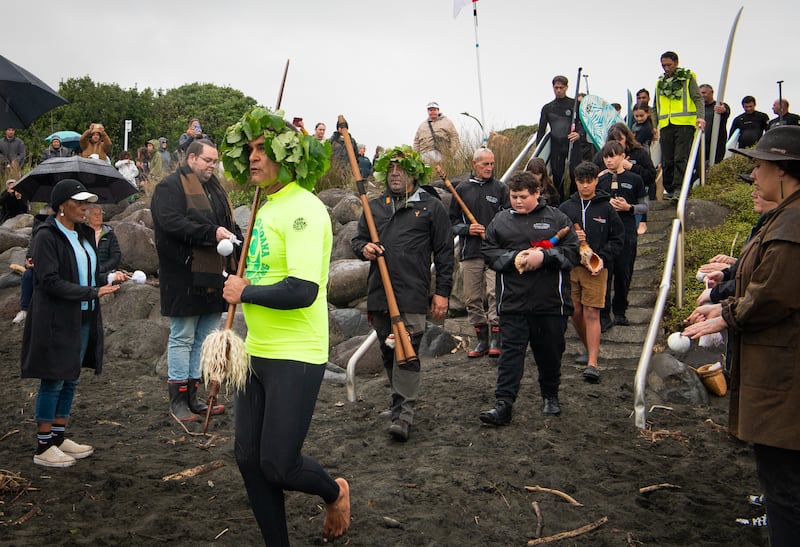
“Seabed mining leaves behind the sludge, or the mud. Imagine 45 million tons of sludge… a lot of our magic reef life and our marine life will be absolutely annihilated.”
Sand extraction is common but doesn’t involve dumping most of what’s taken back into the environment, opponents say.
Among the 100 supporters on Pātea’s beach and dunes was onshore oil driller Hayden Fowler.
Despite working in an extractive industry, Fowler brought his teenage daughter Amelia to Pātea to oppose the marine mine.

“I just don’t think it’s the right thing to be doing.”
“A lot of people don’t actually understand what will take place if it happens… so it’s probably a little bit misunderstood as to how bad it could be.”
Te Rūnanga o Ngāti Ruanui kaiwhakahaere Rachel Arnott said TTR kept losing in court because judges found environmental safety evidence unconvincing
“TTR had nothing and in the Fast-track application we still haven’t seen any sign that they’ve adapted to the courts’ demands for proof – nothing fresh in terms of evidence.”
On Sunday afternoon 500 gathered at New Plymouth’s Autere, or East End Beach, to cheer more than 130 taking to the waves.
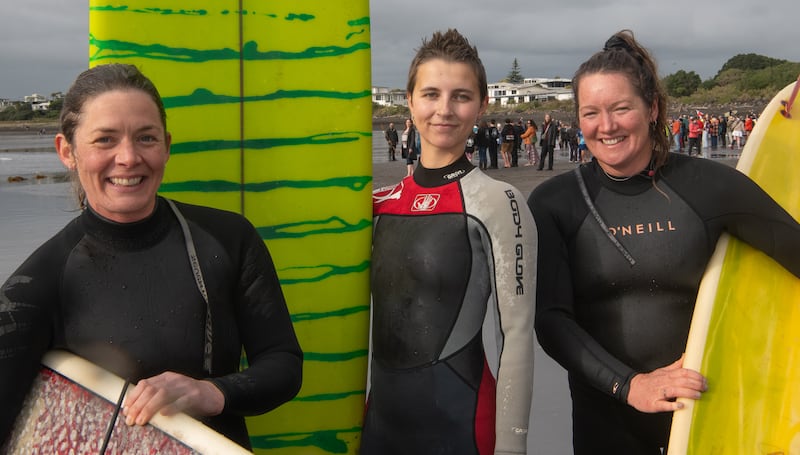
Surfer Fiona Gordon said she was there to celebrate the ocean.
“The beautiful things that it brings to our lives and the risks that are posed when we start interfering with that, in ways we don’t fully understand.”
Many travelled from Pātea to join the Ngāmotu event including Bruce Boyd, head of community underwater science researchers Project Reef.
“I dive off Pātea, that’s my playground, and I don’t want to see what’s there changed in any way, shape, or form. Especially not covered by that sludge.”
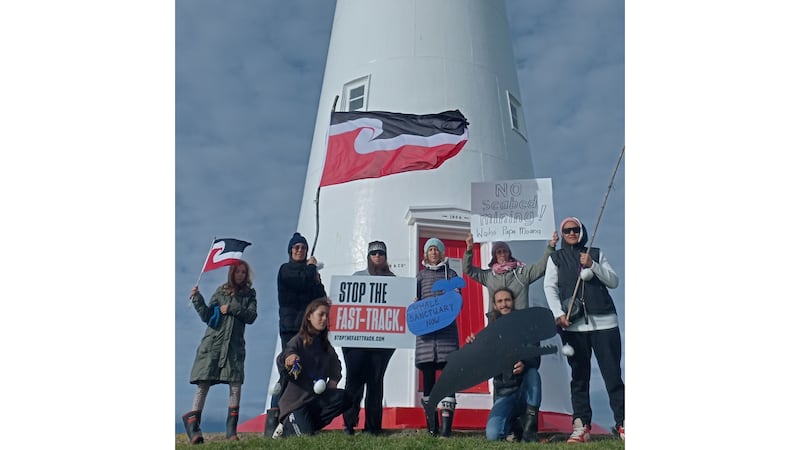
TTR expects to earn US$312 million a year before tax, giving shareholders a near 40 percent rate of return on investment of US$602 million.
The company promises an economic boost in Taranaki and Whanganui, creating over 1350 New Zealand jobs and becoming one of the country’s top exporters.
Opponents believe the financial benefits will land with mostly-foreign shareholders.
LDR is local body journalism co-funded by RNZ and NZ on Air

